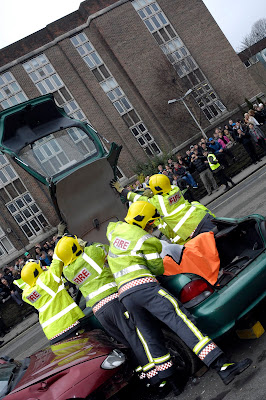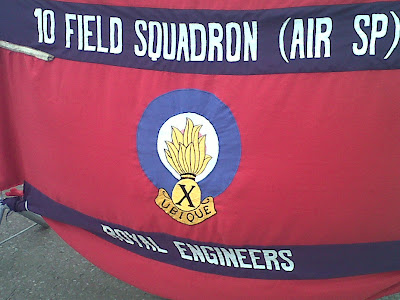Health and safety legislation
Two of the most important pieces of health and safety legislation affecting educational establishments across the UK are the Health and Safety at Work, etc Act 1974 and the Management of Health and Safety at Work Regulations 1999. These set the standards that must be met to ensure the health and safety of all employees and others who may be affected by any work activity. Other regulations also exist to cover work activities that carry specific risks, for example lifting and carrying, computer work and electricity.
The main piece of legislation affecting the management of health and safety in educational establishments across all sectors is the Health and Safety at Work, etc Act 1974 (HSWA). This Act provides a framework for ensuring the health and safety of all employees in any work activity. It also provides for the health and safety of anyone who may be affected by work activities in e.g. pupils/students and visitors to educational sites, including parents and contractors.
In Northern Ireland, similar provisions are made by the Health and Safety at Work (NI) Order 1978.
Employers and employees (as well as manufacturers, suppliers and the self-employed) must comply with the duties set out in the Act, which are summarised as follows.
- Section 2 places a duty on employers to ensure the health, safety and welfare of employees as far as is reasonably practicable. It also requires employers to consult with trade union safety representatives on matters affecting health and safety in the workplace. Moreover, employers of more than five people must prepare a written health and safety policy and bring it to the attention of employees.
- Section 3 requires employers to ensure that non-employees (eg pupils/students) who may be affected by work activities are not exposed to risks to their health and safety. Where young or vulnerable persons may be affected, the duty of care is greater.
- Section 4 places a duty on anyone responsible for the workplace to ensure that the premises, plant and machinery do not endanger the people using them.
- Section 5 requires employers to prevent and control harmful, noxious or offensive emissions into the atmosphere.
- Section 6 places duties on designers, manufacturers and suppliers to ensure that articles and substances are safe for use.
- Section 7 states that it is the duty of every employee while at work to take reasonable care of him or herself and of any other person who may be affected by his or her actions. This section also requires employees to cooperate with their employer in relation to health and safety issues.
- Section 8 requires employees not to interfere with or misuse anything provided in the interest of health and safety.






















